Mozambique: MIREME to hold 10th Coordinating Council with mineral and energy sector reforms in the ...
Energy efficiency in SADC under discussion in Maputo
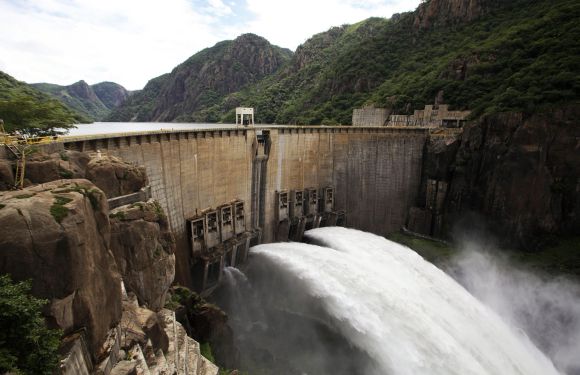
File photo / Cabora Bassa
Mozambique’s Deputy Minister of Mineral Resources and Energy, Augusto Fernando, said on Thursday that the guarantee of energy efficiency in the SADC (Southern African Development Community) region transcends the borders of each individual member state, and so demands a coordinated response from the regional body.
Speaking in Maputo at the opening of a seminar on the energy efficiency programme in industry in SADC countries Fernando said the importance of energy for development is unquestionable, but what will be determinant is how energy is generated and consumed.
The regional community, he said, needs to encourage the use of less energy for the same results – whether this is in manufacturing, lighting, heating, transport or other economic activities.
“Faced with the enormous demand for energy and the current deficit, the Mozambican government is implementing policies in order to guarantee efficient consumption of energy”, Fernando added. This includes replacing the traditional incandescent light bulbs with low cost, energy efficient bulbs.
An energy efficient light bulb, he said, needs only 20 per cent of the power consumed by an incandescent bulb to produce the same amount of light. A detailed study undertaken in Mozambique shows that replacing three million incandescent bulbs with energy efficient bulbs would allow a saving of 107 megawatts – which is the same as building a power station with the capacity to generate 107 megawatts.
107 megawatts is more than five per cent of the power generated by Mozambique’s largest electricity undertaking, the Cabora Bassa dam on the Zambezi River, if all five turbines are working at full capacity (2,075 megawatts).
Fernando called for reducing energy costs by using more efficient, less wasteful technologies and equipment in industries, homes, commercial establishments, transport – in fact, throughout the economy.
Fernando pointed out that currently only 30 per cent of the Mozambican population has access to electricity, “which means that we still have 70 per cent of the country to electrify”.
In pursuing the electrification programme, he said, the government has been diversifying the sources. Ten years ago all the energy consumed in the national grid was hydropower. But now the sources used included gas-fired power stations and renewables such as solar power.
Fernando noted that about 90 per cent of the natural gas produced in the country is exported and only 10 per cent is used domestically. This is the gas processed by the South African petrochemical giant Sasol in Inhambane province, most of which is sent by gas pipeline to Sasol’s chemical plants in the South African city of Secunda.
“To guarantee energy efficiency, we must have more energy for domestic consumption and for industrialisation”, he insisted.
Some industrial projects, such as the exploitation of the heavy mineral sands at Chibuto, in the southern province of Gaza, are on hold, because no power is available to run them.
The two day gathering is being held under the theme “Promoting Energy Efficiency for Sustainable Industrialisation in SADC”.



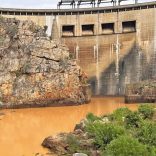
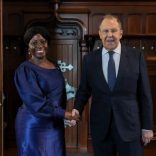


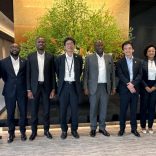

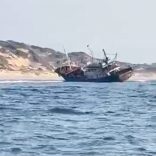



Leave a Reply
Be the First to Comment!
You must be logged in to post a comment.
You must be logged in to post a comment.